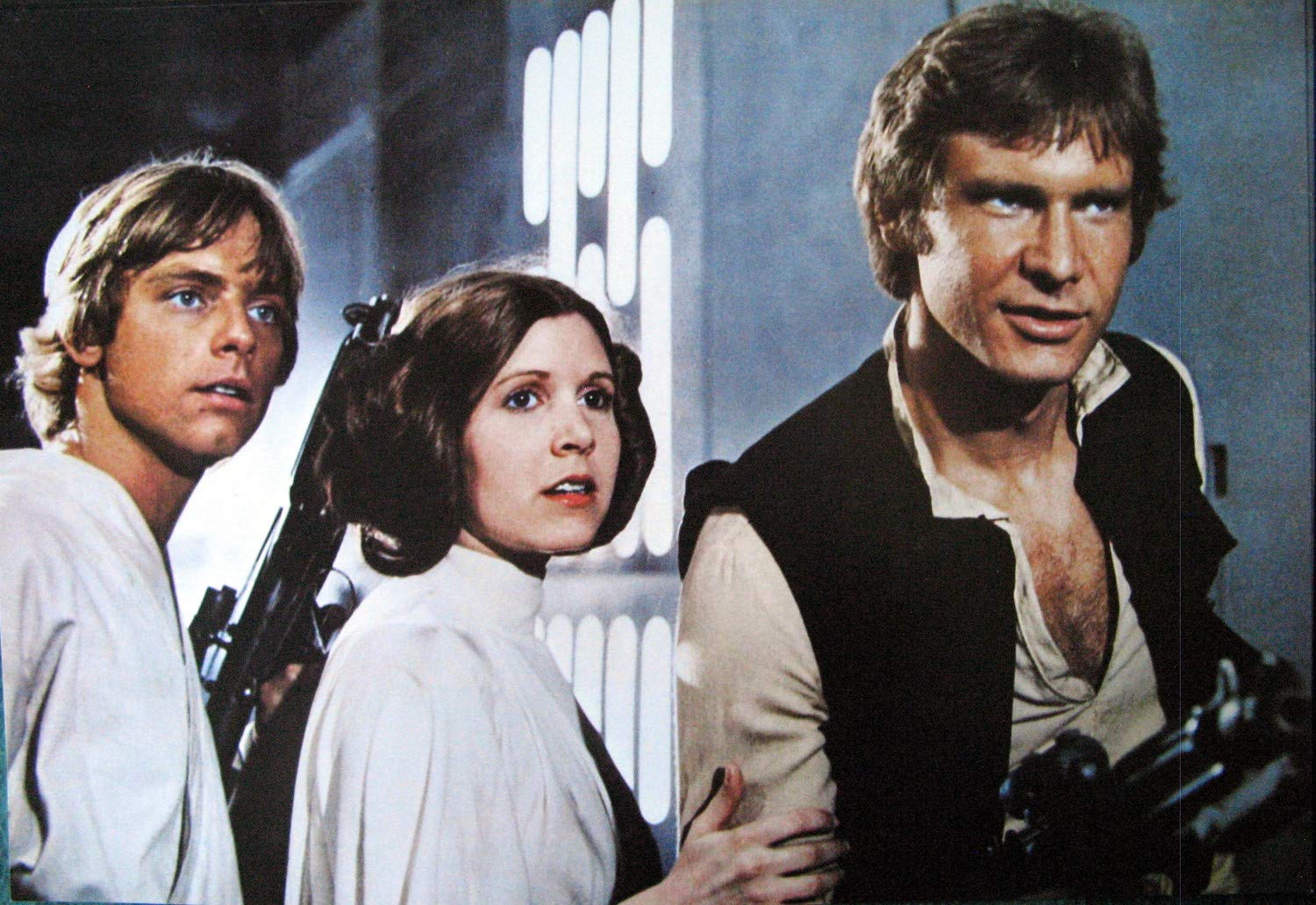Creating Character
October 23, 2014
Creating character is a process that will be with you from the beginning to the end, from fade in to fade out. It is an ongoing educational progression, an experience that continues expanding as you go deeper and deeper into your characters’ lives.
There are many ways to approach writing character. Some writers mull over their characters for a long period of time and then, when they feel they “know” them, they jump in and start writing. Others create an elaborate list of characterizations. Some writers list the major elements of their character’s life on 3 x 5 cards; some write extensive outlines or draw diagrams of behavior. Some use pictures from magazines and newspapers to help them see what their characters look like. “That’s my character,” they say. They may tack the pictures above their work area so they can “be with” their characters during their work time. Some use well-known actors and actresses as models for characters.Anything that makes it easier for you to create your character is a good tool. Choose your own way. You can use some, all, or none of the tools mentioned here. It doesn’t matter. What matters is whether it works. If it works, use it; if it doesn’t, don’t. Find your own way, your own style in creating character. The important thing is that it’s got to work for you.
One of the most insightful character tools is writing a Character Biography. The character biography is a free–association, automatic-writing exercise that reveals your character’s history from birth up until the time your story begins. It captures and defines the forces—both physical and emotional, internal and external—working on your character during those formative years that fashioned his or her behavior. It is a process that reveals character.
Start at the beginning. Is your character male or female? How old is he when the story begins? Where does he live? What city or country? Where was she born? Was she an only child, or did she have any brothers and sisters? What kind of relationship did she have with her brothers and sisters? Was it good or bad? Confiding or adventurous? What kind of childhood would you say your character had? Would you consider it happy? Or sad? Was it physically or medically challenging, with illness or physical problems?
What about her relationship to her parents? Was she a mischievous child getting into a lot of trouble or was she quiet and withdrawn, preferring her own inner life instead of a social one? Was she stubborn, willful and did she have a problem with authority? Do you think she was socially active, made friends easily, and got along well with relatives and other children? What kind of a child would you say she was? Was she outgoing and extroverted or shy and studious, an introvert? Let your imagination guide you.
THE EXERCISE
Write character biographies for two or three of your main characters in about seven to 10 pages. More if you need to. Focus on their early years. Where was the character born? What did his/her father and mother do for a living? What is his relationship with his parents? Does he or she have any brothers or sisters? What’s the relationship—friendly and supportive or angry and combative?
Define the other relationships the character has in his or her second and third 10 years and see how these relationships formed his or her character. Remember Henry James’ Theory of Illumination: Every character sheds light on your main character.
Before you begin writing your biography, think about your character(s) for a few days, then set aside a time where you can work two or three hours without interruption. No phone calls, no TV, no e-mail, videogames, no visits from friends. It may help to lower the lights or turn on some soft music. Then start “throwing down” thoughts, words, and ideas about the character. Just let it come out. Don’t worry about grammar, punctuation, spelling, or bad writing. Just get your thoughts down on paper, and don’t worry about anything else. You’re not going to show these pages to anyone; it’s only a tool for you to use while you discover your characters and “get to know them.” If you want to include parts of your character biography in your screenplay, fine. But just get your character down on paper. Free-associate. Let your characters discover who they are.
Do the same with the professional, personal, and private lives of your character. Write a page or two about what your character does for a living, his or her relationships and hobbies. You might even go into “day in the life” of your character and write what his or her day looks like? What does she do from the moment she gets out of bed till she goes to sleep at night? Write it in a page or two. If you need to write more, write more. If you can do it in less, do it in less.
If you discover any areas in a character’s life you feel unsure or insecure about, write it in a page or two. Do some research if necessary. Free-associate. The relationship between you and your characters is like the relationship between two best friends. You decide what you need then define it.
If you don’t know whether you should write something or not, write it! It’s your script, your story, your characters, and your dramatic choices. When you have completed your assignment, you will know your characters as if they were good friends.
Written by: Kala Guess
- Topics:
- Screenwriting & Craft




